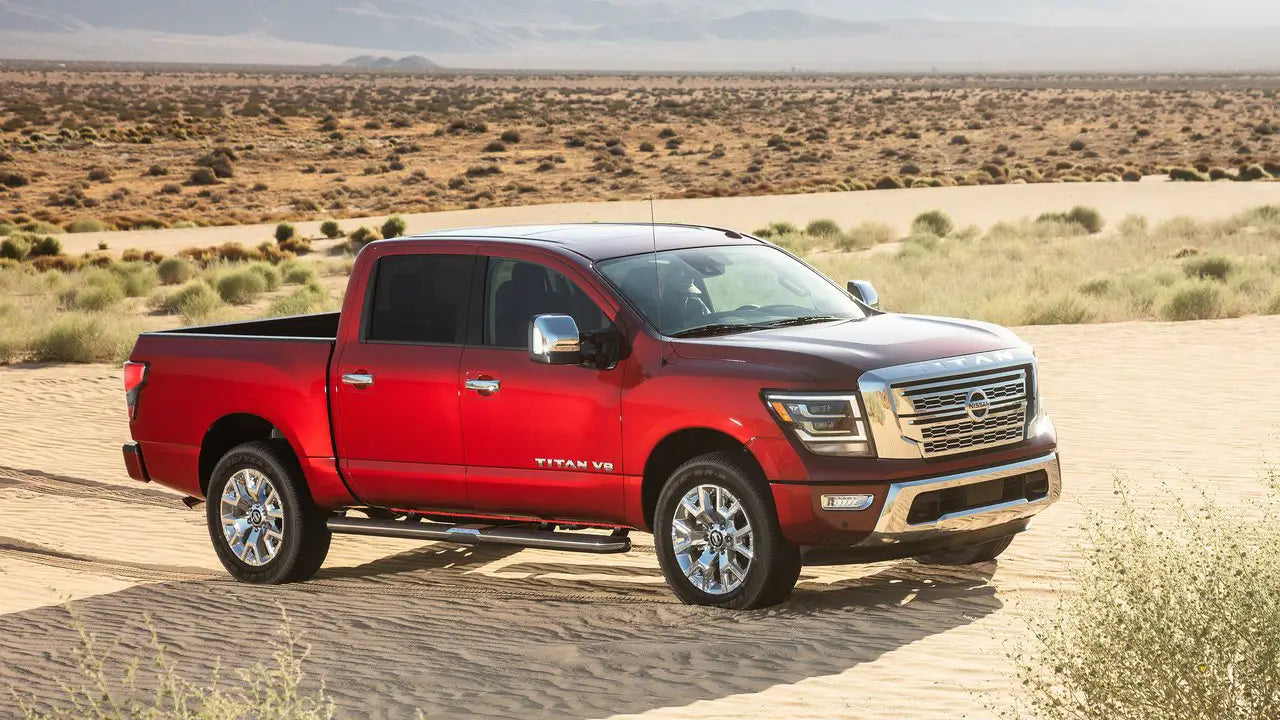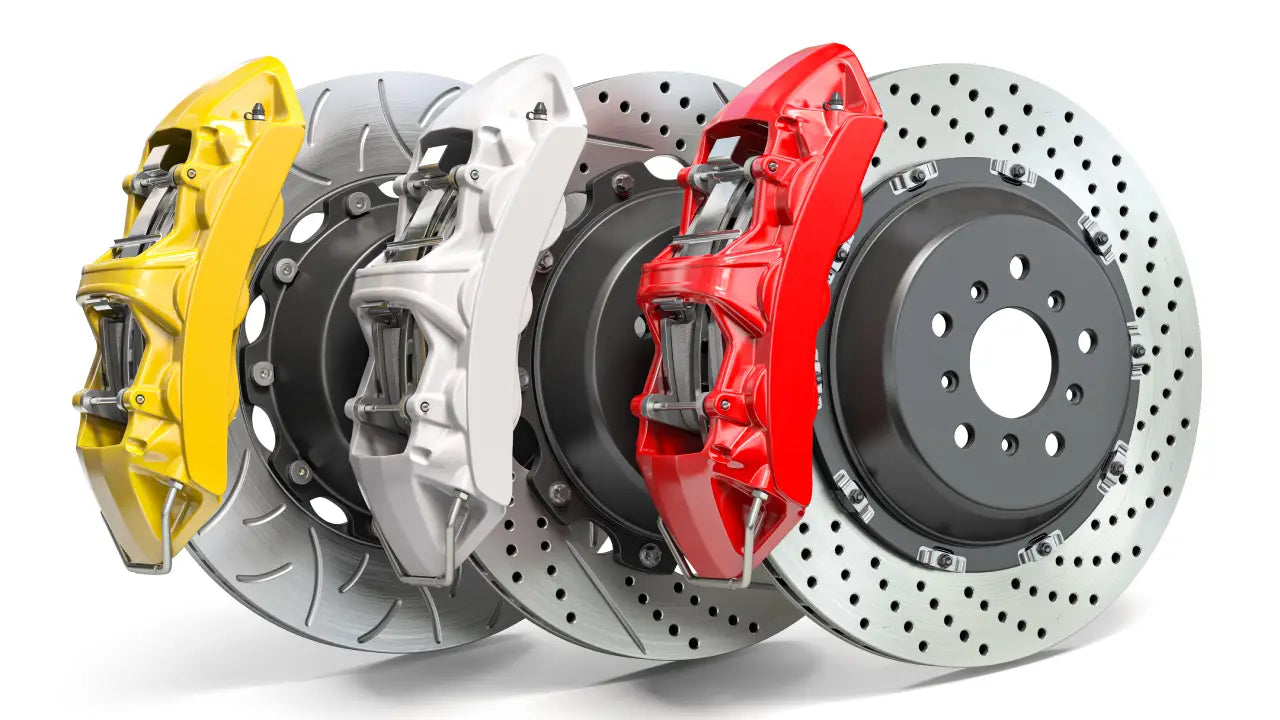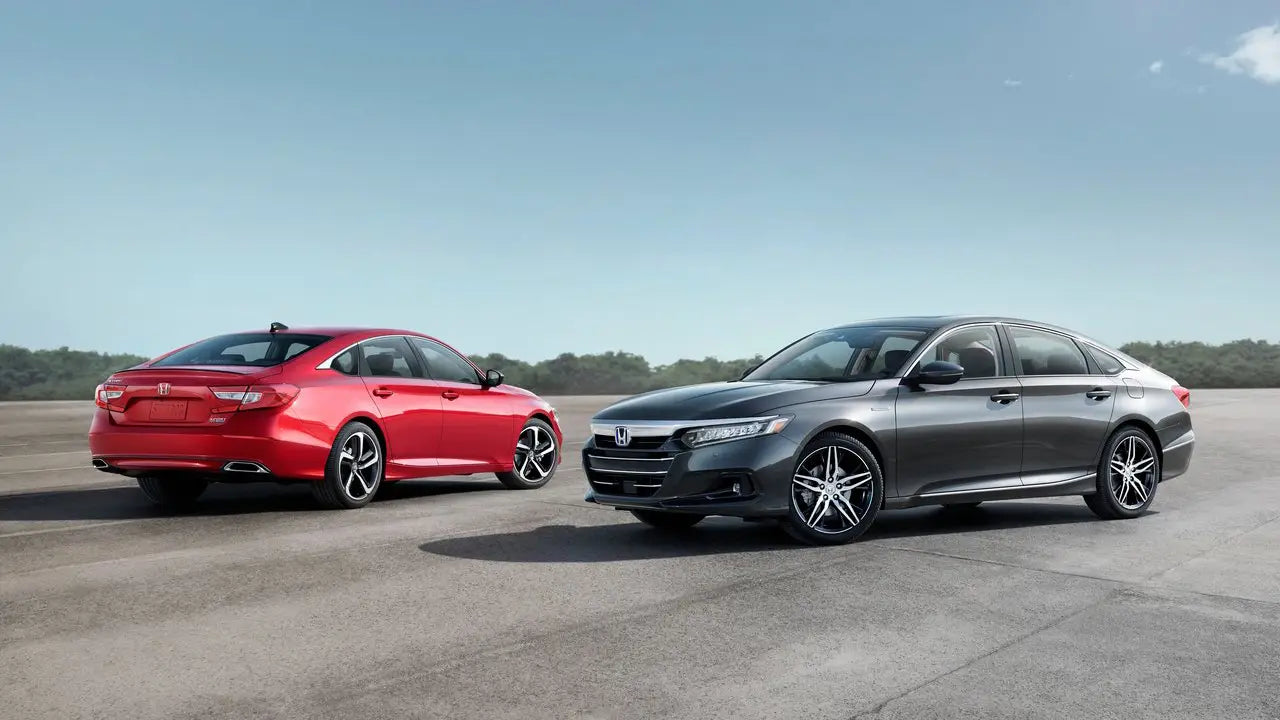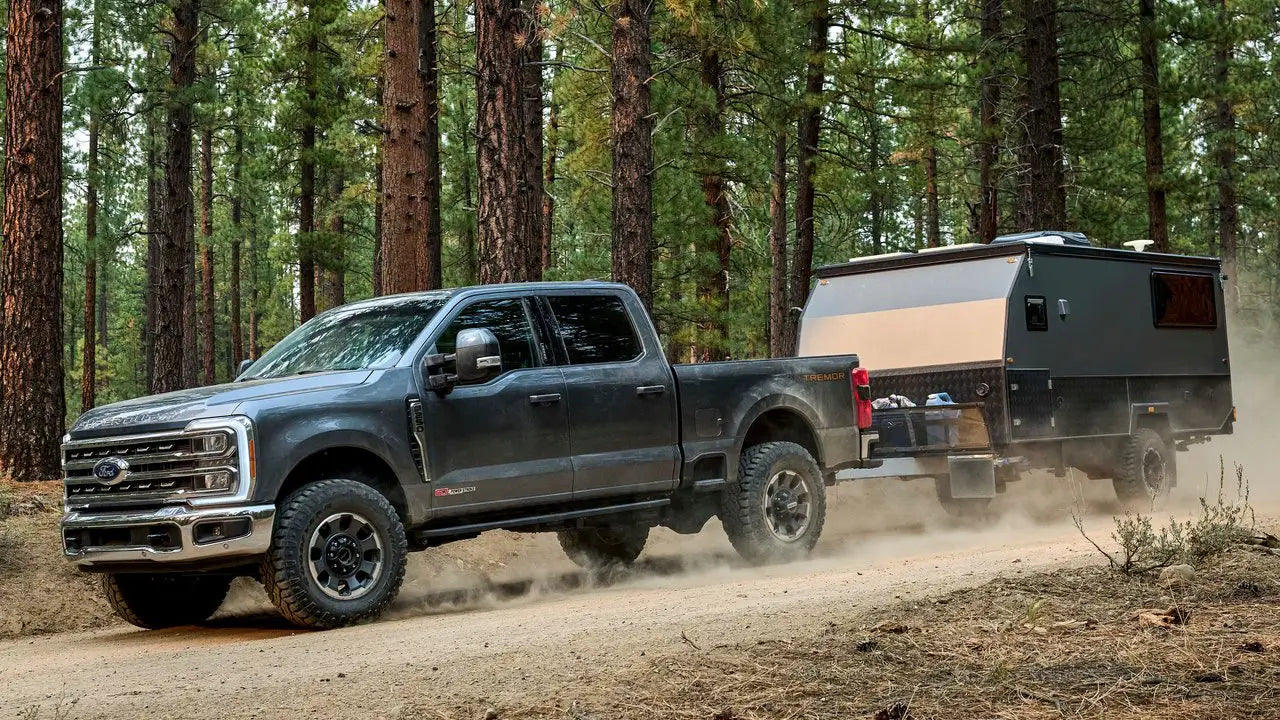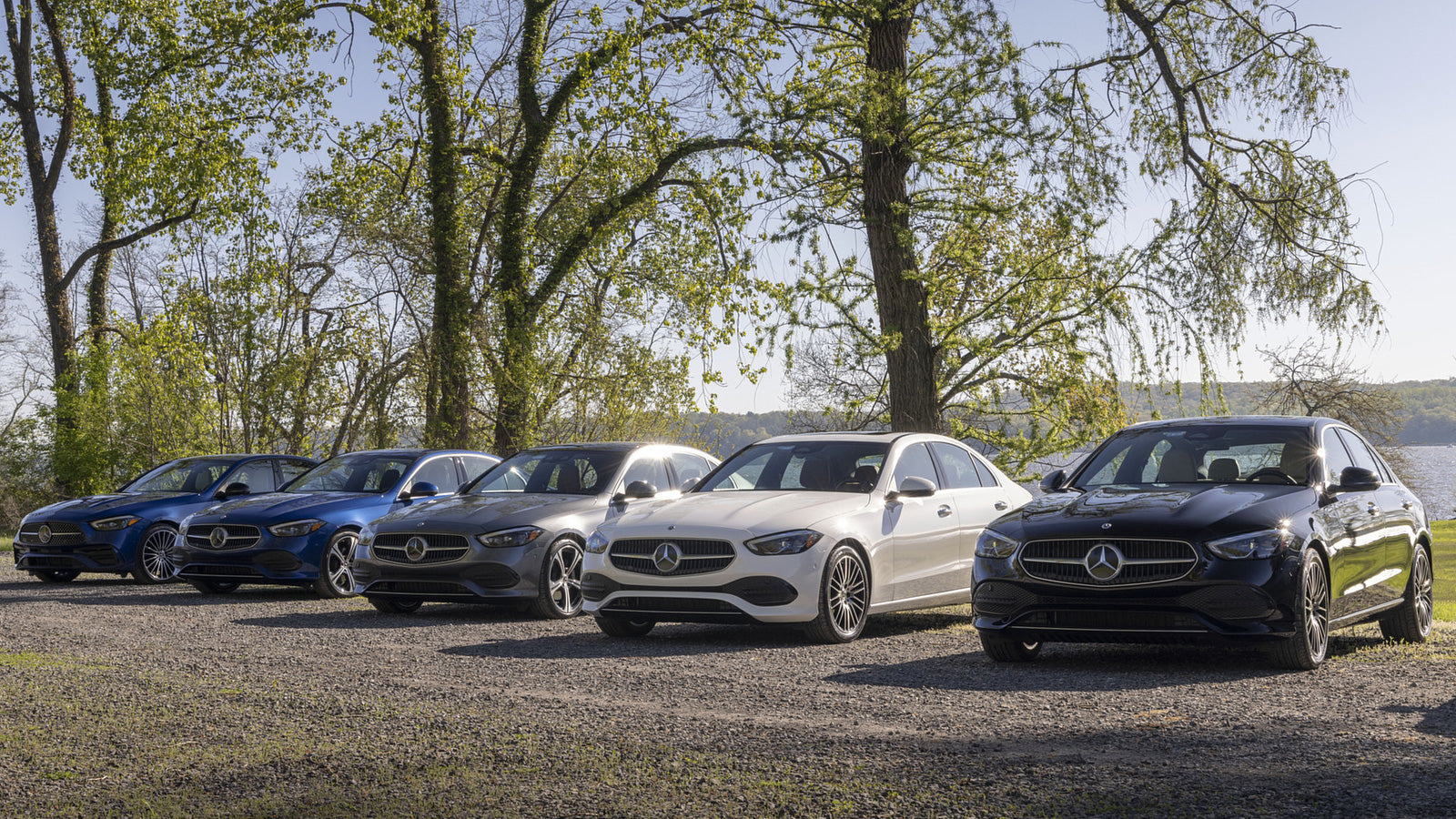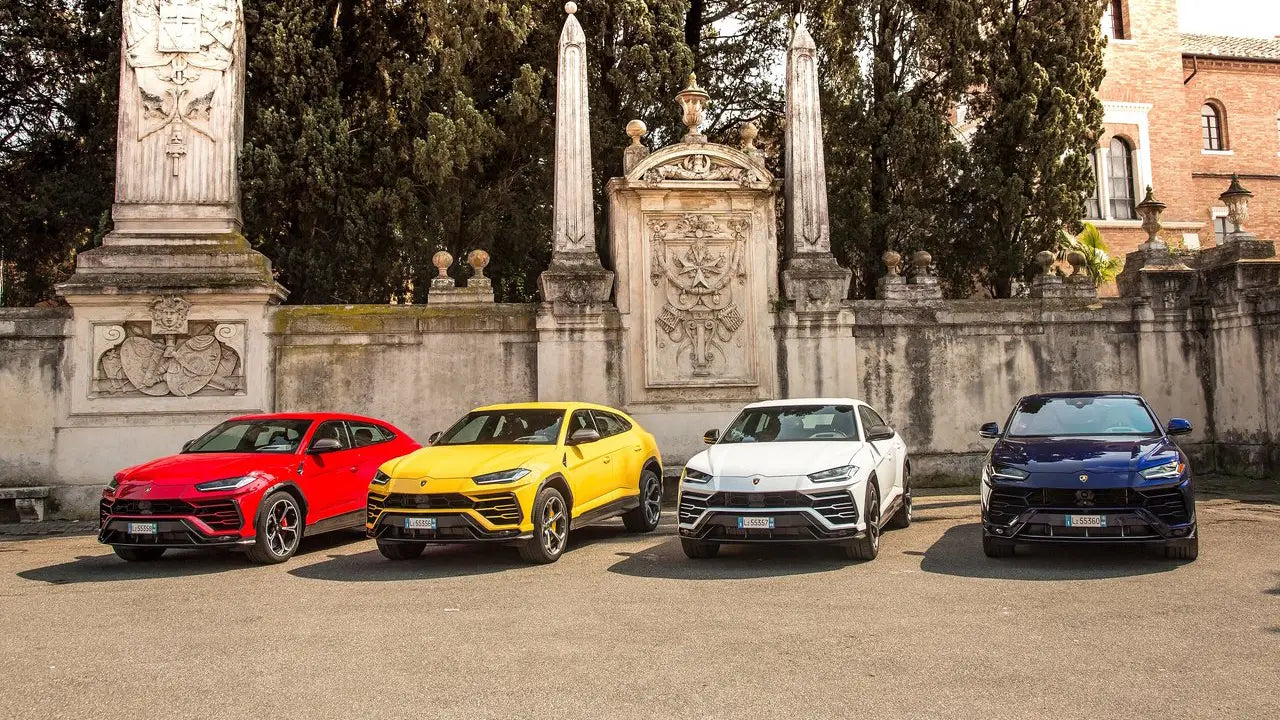The name Corvette brings freedom on four wheels to mind rather than just a car. Since 1953, the Chevrolet Corvette has been a symbol of American performance, style, and attitude. What sets the Corvette apart is how it continues to evolve without losing its soul. Whether you've been a fan for a long time or are just learning about its history, the growth of the Chevrolet Corvette is a fascinating narrative. In this blog, we will look at the history of the Chevrolet Corvette, including its place in the automobile industry, generations, and specifications.
Who invented the Chevrolet Corvette?
In the early 1950s, Harley Earl, the head of design at General Motors, had a vision: build a true American sports car. He wanted to give the U.S. its own performance machine—something that could compete with Europe’s best. Together with Zora Arkus-Duntov, the so-called “Father of the Corvette,” the dream came alive. In 1953, the world met the very first Corvette.
Is a Corvette a Chevrolet?
Yes, the Chevrolet Corvette has always been a part of the Chevrolet brand since its debut in 1953, even though the model has its own logo. While some people refer to “Corvette” as if it’s a separate brand, it’s actually a model produced by Chevrolet, which is a division of General Motors. Over the years, the Corvette has built such a strong reputation that it often feels like its own brand. But when you see a Corvette, you’re still looking at a Chevrolet—just one that stands out with its own identity, legacy, and performance pedigree.
Is Chevrolet Corvette a muscle car?
That’s a hot debate at car meets and online forums. While the Corvette shares muscle car traits—powerful V8 engines, rear-wheel drive, and bold styling—it’s more than that. Muscle cars like the Camaro or Challenger are simpler cars with engines producing brutal power. The Corvette blends muscle with finesse. It is more like a supercar, which just happens to have a muscle car-like engine. It's an American sports car with muscle DNA.
Where is the Chevrolet Corvette made?
The initial 300 Chevrolet Corvettes, introduced in 1953, were hand-assembled in Flint, Michigan, at a temporary facility next to GM’s customer delivery center. In 1954, production moved to St. Louis, Missouri, where it remained until 1981. Then, every single Chevrolet Corvette ever made—since 1981—has come from Bowling Green, Kentucky. This isn’t just a factory. It’s a sacred place for Corvette lovers, complete with the National Corvette Museum across the street and even a track (NSM Motorsports Park).
What year did Chevrolet not make a Corvette?
The only year Chevrolet did not mass-produce a Corvette was 1983. Here is why: The Corvette was transitioning from the C3 (1968-1982) to the C4 generation (1984-1996). Although the Chevrolet Corvette C4 was originally scheduled to launch as a 1983 model, delays in engineering, emissions testing, and quality control pushed its release back. So instead of launching a rushed product, Chevrolet skipped the 1983 model year altogether.

However, Chevrolet did produce one 1983 Corvette. It still exists—it’s on display at the National Corvette Museum in Bowling Green, Kentucky. It’s the one and only surviving 1983 Chevrolet Corvette and a true collector’s gem.
Chevrolet Corvette Generations: The Evolution of An Icon
For over seven decades, the Chevrolet Corvette has been America's definitive sports car — a symbol of power, prestige, and relentless innovation. From its humble, fiberglass beginnings in the 1950s to today's mid-engine marvels, each generation of the Corvette has pushed the boundaries of speed, style, and engineering. Let’s take a ride through Corvette history, one generation at a time.
First Generation Chevrolet Corvette C1 (1953–1962)
Born to rival European sports cars, the Chevrolet Corvette C1 made its debut in 1953 and laid the foundation for Corvette’s legacy with its unique American styling and gradual performance evolution. Here are the key features of the Chevrolet Corvette C1:
-
Chevrolet Corvette C1 Engine: Started with a 3.9L inline-6; upgraded to small-block V8s by 1955
-
Chevrolet Corvette C1 Performance: Around 150-360 horsepower depending on year and engine
-
Chevrolet Corvette C1 Transmission: 2-speed Powerglide auto; later 3-speed manuals introduced
-
Chevrolet Corvette C1 Design and Highlights: Classic curves, chrome detailing, and a wraparound windshield. Fiberglass body, dual headlights (1958 update), early fuel injection

Second Generation Chevrolet Corvette C2 (1963–1967)
The Chevrolet Corvette C2, known as the Stingray, marked a dramatic leap in both performance and design. Here are the key features of the Chevrolet Corvette C2:
-
Chevrolet Corvette C2 Engine: 5.3L to 7.0L V8, including legendary 427 cubic inch big-blocks
-
Chevrolet Corvette C2 Performance: 250-350 hp
-
Chevrolet Corvette C2 Transmission: 3- or 4-speed manual and Powerglide automatic
-
Chevrolet Corvette C2 Design and Highlights: Split rear window (1963), sculpted Sting Ray body, improved handling, serious power with big-block options

Third Generation Chevrolet Corvette C3 (1968–1982)
With its bold “Mako Shark” styling and dramatic presence, the Chevrolet Corvette C3 became a cultural icon despite performance setbacks in the 70s. Here are the key features of the Chevrolet Corvette C3:
-
Chevrolet Corvette C3 Engine: 5.0L to 7.4L V8s, including the monstrous LS4 454
-
Chevrolet Corvette C3 Performance: Up to 435 hp (early models); later models restricted by emissions laws
-
Chevrolet Corvette C3 Transmission: 3- or 4-speed manual, Turbo-Hydramatic automatic
-
Chevrolet Corvette C3 Design and Highlights: Shark-inspired curves, pop-up headlights, and a long and low profile. T-top roofs and increased emissions in later years

Fourth Generation Chevrolet Corvette C4 (1984–1996)
The Chevrolet Corvette C4 prioritized handling and modern electronics, transforming the Corvette into a legitimate performance machine with its ZR-1 model. Here are the key features of the Chevrolet Corvette C4:
-
Chevrolet Corvette C4 Engine: 5.7L V8s (L98, LT1, LT4), LT5 in ZR-1
-
Chevrolet Corvette C4 Performance: 205-405 hp
-
Chevrolet Corvette C4 Transmission: 4-speed automatic, 4+3 manual, later 6-speed manual
-
Chevrolet Corvette C4 Design and Highlights: Modern, angular body with clamshell hood and sharp lines, digital dashboard, ABS, ZR-1 with Lotus-designed engine

Fifth Generation Chevrolet Corvette C5 (1997–2004)
The Chevrolet Corvette C5 finally struck a near-perfect balance between daily drivability and track performance. Here are the key features of the Chevrolet Corvette C5:
-
Chevrolet Corvette C5 Engine: 5.7L LS1 V8 (base), LS6 in the Z06 model
-
Chevrolet Corvette C5 Performance: 345-405 hp
-
Chevrolet Corvette C5 Transmission: 6-speed manual, 4-speed automatic
-
Chevrolet Corvette C5 Design and Highlights: Streamlined shape, hidden headlights, driver-focused cockpit, rear-mounted transaxle, and active handling system

Sixth Generation Chevrolet Corvette C6 (2005–2013)
With blistering speed and world-class handling, the Chevrolet Corvette C6 was positioned among top-tier performance cars. Here are the key features of the Chevrolet Corvette C6:
-
Chevrolet Corvette C6 Engine: 6.0L-6.2L V8s (LS2, LS3), 7.0L LS7 in the Z06 model, 6.2L supercharged LS9 in the ZR1 model
-
Chevrolet Corvette C6 Performance: 400-638 hp
-
Chevrolet Corvette C6 Transmission: 6-speed manual or automatic, paddle-shifted automatic (later)
-
Chevrolet Corvette C6 Design and Highlights: Compact body, exposed headlights, functional aero, keyless entry/start, heads-up display, and magnetic ride control

Seventh Generation Chevrolet Corvette C7 (2014–2019)
As the last front-engine Corvette, the C7 combined muscle car attitude with sports car sophistication. Here are the key features of the Chevrolet Corvette C7:
-
Chevrolet Corvette C7 Engine: 6.2L LT1 (base), supercharged LT4 in the Z06 model, and supercharged LT5 in ZR1 model
-
Chevrolet Corvette C7 Performance: 455-755 hp
-
Chevrolet Corvette C7 Transmission: 7-speed manual, 8-speed automatic
-
Chevrolet Corvette C7 Design and Highlights: Aggressive, sculpted body, advanced interior tech, drive mode selector, performance data recorder, and active rev-match

Eighth Generation Chevrolet Corvette C8 (2020–Present)
The Chevrolet Corvette C8 shattered expectations with an exotic car performance at a fraction of the price—a bold, world-class evolution of the Corvette name. Let’s explore it with the latest model year!

What are the 2025 Chevrolet Corvette Specs?
Here are the 2025 Chevrolet Corvette specs, including its engine specifications, performance metrics, interior and exterior features, and pricing across various trims:

2025 Chevrolet Corvette Engine
-
Chevrolet Corvette Stingray: Equipped with a 6.2L naturally aspirated V8 engine, producing up to 495 horsepower and 470 lb-ft of torque
-
Chevrolet Corvette E-Ray: Features a hybrid powertrain combining the 6.2L V8 with an electric motor, delivering a combined output of 655 horsepower and 595 lb-ft of torque
-
Chevrolet Corvette Z06: Powered by a 5.5L naturally aspirated flat-plane crank V8 engine, generating 670 horsepower and 460 lb-ft of torque
-
Chevrolet Corvette ZR1: Boasts a 5.5L twin-turbocharged flat-plane crank V8 engine, known as the LT7, producing 1,064 horsepower and 828 lb-ft of torque
2025 Chevrolet Corvette Performance
-
Chevrolet Corvette Stingray: Accelerates from 0 to 60 mph in approximately 2.9 seconds.
-
Chevrolet Corvette E-Ray: Achieves 0 to 60 mph in about 2.5 seconds
-
Chevrolet Corvette Z06: Reaches 0 to 60 mph in approximately 2.6 seconds
-
Chevrolet Corvette ZR1: Estimated to sprint from 0 to 60 mph in 2.3 seconds, with a top speed exceeding 233 mph
2025 Chevrolet Corvette Interior
-
Standard features across all trims include leather upholstery, power-adjustable seats, and a leather-wrapped steering wheel.
-
Higher trims offer GT2 seats with carbon-fiber trim and genuine Napa leather, as well as Competition Sport seats with performance textiles.
-
All models come equipped with dual-zone automatic climate control, heated and ventilated seats, a Bose premium sound system, and an advanced digital cockpit featuring a head-up display.

2025 Chevrolet Corvette Exterior
The 2025 Corvette showcases a sleek, aerodynamic design with signature LED lighting, large vents for cooling and aerodynamics, and quad exhaust tips. Available exterior options include wheels ranging from 19 to 21 inches in various designs and finishes, as well as roof panel choices like body color or transparent removable panels. Additionally, the Corvette Z06 variant features a retractable hardtop roof that integrates seamlessly into the body design, enhancing both aesthetics and performance.
2025 Chevrolet Corvette Trims and Pricing
-
Chevrolet Corvette Stingray Price: Starting at $68,300
-
Chevrolet Corvette E-Ray Price: Starting at $106,900
-
Chevrolet Corvette Z06 Price: Starting at $112,100
-
Chevrolet Corvette ZR1 Price: Starting at $221,740
Fuel the Wild Beast within the Chevrolet Corvette with Pedal Commander®
There’s a lot to be said about the legendary Corvette. It's a true American classic, an iconic sports car with a glorious history. However, even the Corvette needs a little support in its modern versions. Starting with the C6 generation, this legendary car adopted drive-by-wire technology, which brought perhaps the only downside—the throttle lag. The best performance upgrade for C6 and newer Corvettes is the Pedal Commander® throttle response controller.

As the most practical and reliable throttle response controller, Pedal Commander® reminds you that better is always possible! The Chevrolet Corvette is already a beast, but if you're craving more immediate throttle response and sharper acceleration, the Pedal Commander® is your secret weapon. With just a quick plug-and-play installation, Pedal Commander® transforms the way your Corvette reacts to your foot by eliminating throttle lag from the accelerator pedal.
Because when you drive a Corvette, you don’t settle. You elevate. You demand more. And with Pedal Commander®, more is exactly what you get—more response, more control, and more adrenaline every time you hit the gas. If you want to learn more about it, click here!


